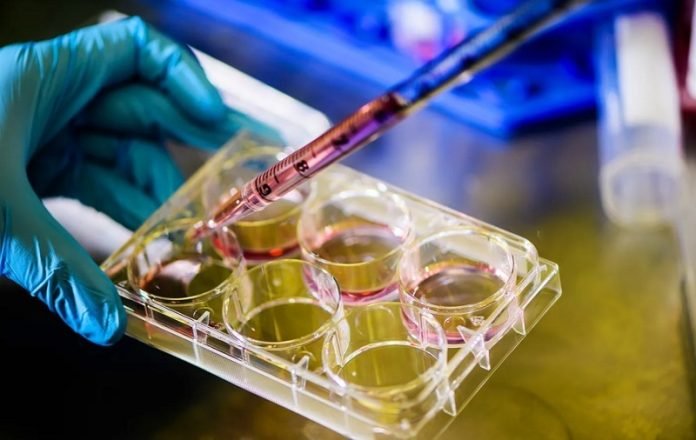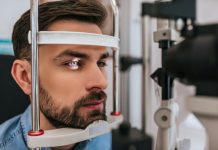
Age-old mysteries of the common cold have long blocked scientists from developing a cure.
Has a Northeastern researcher discovered a way past the congestion?
A new study focuses on the crucial question of why people are more vulnerable to catching colds during the months of winter.
The answer hinges on an evolved defense system, innate to the human nose, that is numbed by frigid temperatures.
The findings, to be published in The Journal of Allergy and Clinical Immunology, could lead to treatments drawn from the body’s own defense mechanism, says Mansoor Amiji, university distinguished professor of pharmaceutical sciences and chemical engineering at Northeastern.
“Can we ultimately create a defense mechanism in the nasal cavity?” says Amiji, who led the research with Dr. Benjamin Bleier of Harvard Medical School and Massachusetts Eye and Ear.
“Can you create an anti-infective environment there?”
Sick days lost to common colds reportedly cost the U.S. economy more than $40 billion annually.
Among the many groups seeking a cure is Amazon, which has reportedly devoted more than 100 employees to researching and developing a vaccine.
Alternatively, Amiji’s team focused on an innate response while building on 2018 research that first identified an immune mechanism in the nose and its release of extracellular vesicles—a spray of tiny sacs released from cells—that swarm, bind and kill bacteria at the point of inhalation.
“It’s akin to if you kick a hornets’ nest, and all the hornets come out and attack,” Bleier says. “The nose detects these pathogens and releases a swarm of extracellular vesicles.”
With their latest study, the researchers set out to answer two questions:
Does the innate response in the nose also provide defense against viruses? (Turns out it does.)
Does the temperature of the air diminish the antiviral immune response—thereby helping explain why people become especially susceptible to colds in winter?
“There’s never been a convincing reason why you have this very clear increase in viral infectivity in the cold months,” Bleier says. “This is the first quantitative and biologically plausible explanation that has been developed.”
Nasal samples from volunteers were divided and cultured in Amiji’s Northeastern lab at the normal body temperature of 37 degrees Celsius as well as at 32 degrees Celsius, which is the plummeting temperature of the nasal pathway when people are outdoors in cold weather.
Under normal body-heat conditions, the researchers found that nasal extracellular vesicles were deployed with success by acting as decoys that directly bind and block viral entry.
“Those extracellular vesicles actually bind to the viruses, which are suspended in the nasal mucus,” says lead author Di Huang of Harvard Medical School and Massachusetts Eye and Ear. (The other authors of the paper are Maie Taha, a former postdoctoral associate; Angela Nocera, a former Ph.D. student in the Amiji lab; and Alan Workman, a medical fellow at Massachusetts Eye and Ear.)
In colder temperatures, a sparser net of fewer extracellular vesicles was deployed in tests involving two rhinoviruses and a coronavirus that are typical of the winter flu season.
“This paper uncovers a very robust mechanism that explains a lot about how we typically fight off viruses,” says Bleier, who describes the innate response in warmer temperatures as both instantaneous and broad.
Amiji anticipates that the body’s evolved response to pathogens could be tested against a wide variety of viruses, including SARS-CoV-2, the virus that causes COVID-19.
“So now you have this therapeutic potential,” Amiji says. “Can you create artificial virus sponges—a decoy cell—that the virus can bind to? And now you have an antiviral compound that destroys it before it infects the actual cell.”
“The intriguing piece is that we are exploiting a natural phenomenon in the nose to inhibit viral transmission,” adds Amiji, looking ahead to potential outcomes.
If you care about the pandemic, please read studies about new evidence on rare blood clots after COVID-19 vaccination, and new therapy from bananas may help treat COVID-19.
For more information about COVID, please see recent studies about four easy ways to reduce your risk of severe COVID-19, and results showing Omega-3 fatty acids may help reduce severe COVID-19.
Written by Ian Thomsen.



